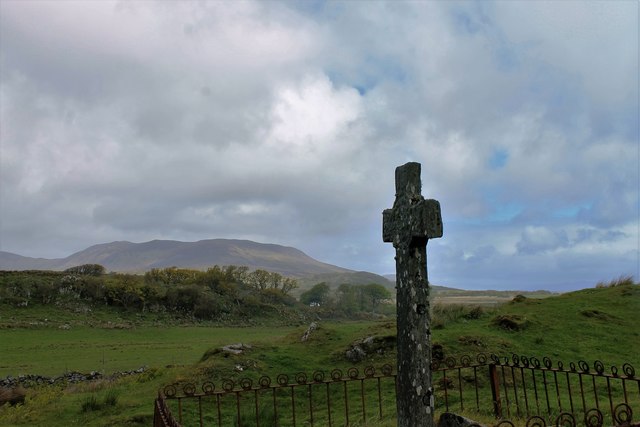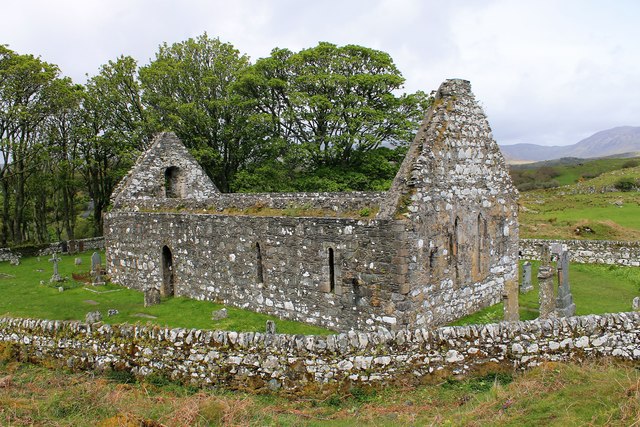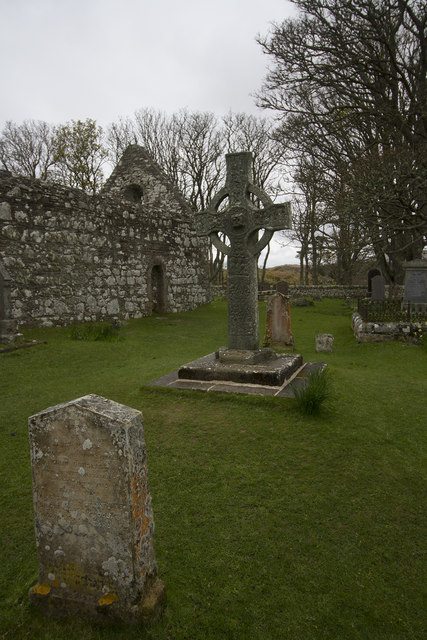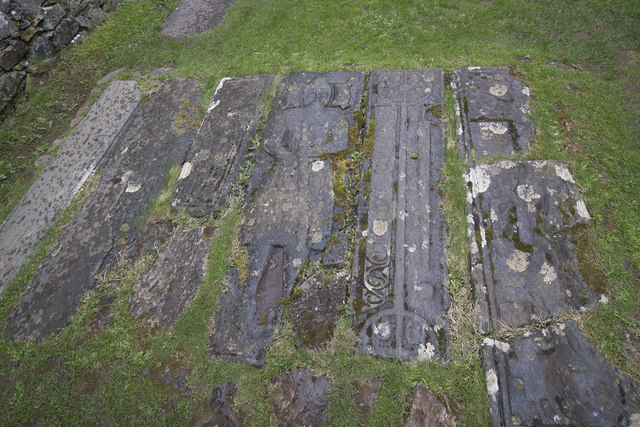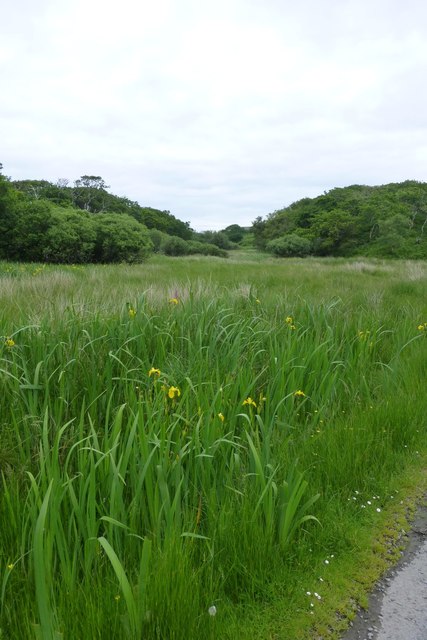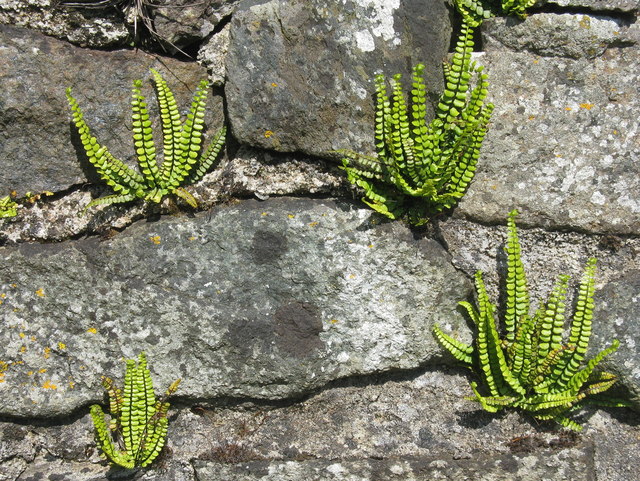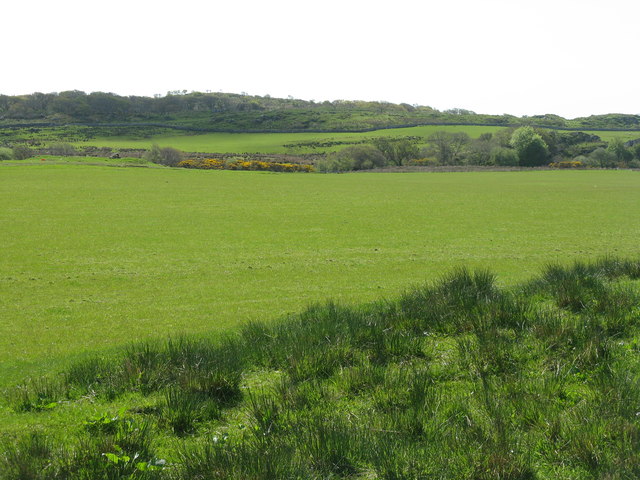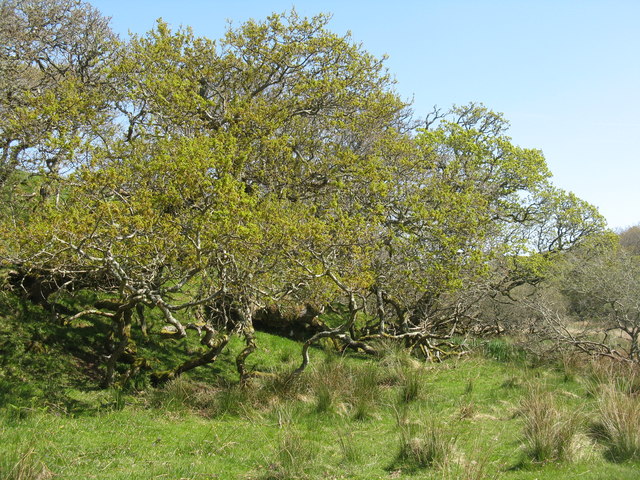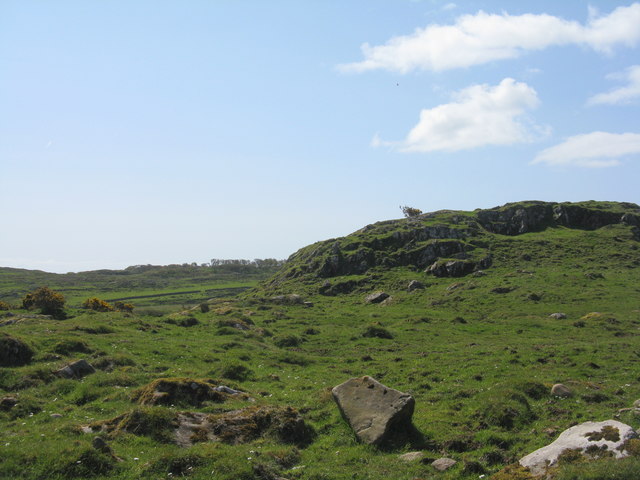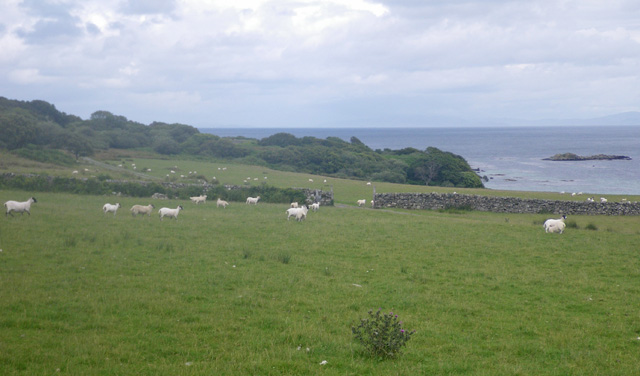An Dùn
Heritage Site in Argyllshire
Scotland
An Dùn
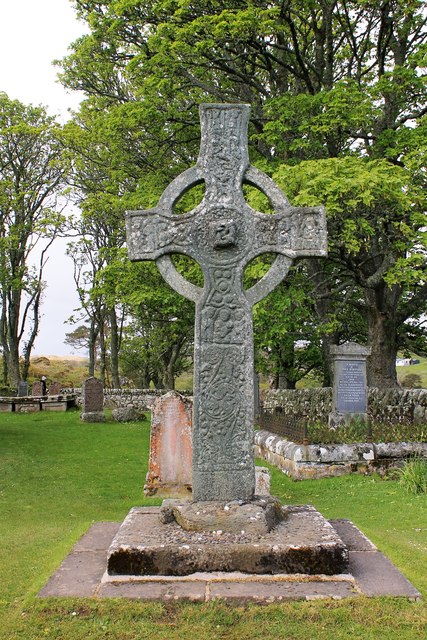
An Dùn, located in Argyllshire, Scotland, is a renowned heritage site that holds significant historical and cultural value. The name "An Dùn" translates to "The Fort" in Gaelic, which perfectly encapsulates its primary purpose.
This ancient fort, believed to have been built during the Iron Age, sits atop a prominent hill, offering breathtaking panoramic views of the surrounding landscape. The fort's strategic location suggests its importance as a defensive stronghold, allowing its inhabitants to monitor and safeguard the territory.
An Dùn comprises a series of concentric stone walls, meticulously constructed using local materials. These walls, still remarkably intact, enclose a central courtyard and provide insight into the architectural prowess of the ancient builders. The fort's design incorporates intricate features like defensive ditches and gateways, further emphasizing its military significance.
Archaeological excavations at An Dùn have uncovered various artifacts, such as pottery fragments and tools, shedding light on the daily lives of the fort's inhabitants. These findings, along with the fort's structural remains, contribute to a deeper understanding of the region's ancient history.
Today, An Dùn stands as a testament to the resilience and ingenuity of the Iron Age people who once inhabited this land. Visitors to the site can explore the fort's ruins, admire the stunning vistas, and immerse themselves in the rich cultural heritage of Argyllshire. An Dùn serves as a valuable educational resource, allowing visitors to connect with Scotland's past and appreciate the enduring legacy of its ancient civilizations.
If you have any feedback on the listing, please let us know in the comments section below.
An Dùn Images
Images are sourced within 2km of 55.682/-6.017 or Grid Reference NR4750. Thanks to Geograph Open Source API. All images are credited.
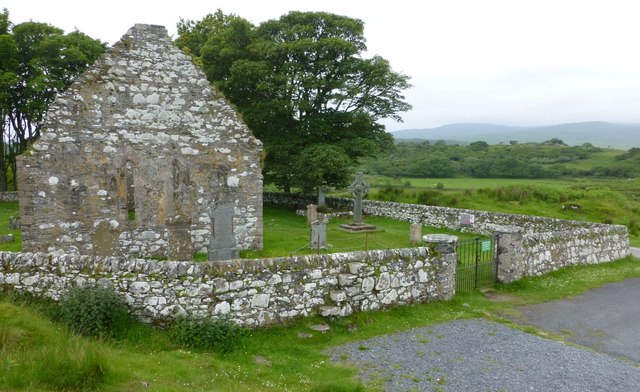
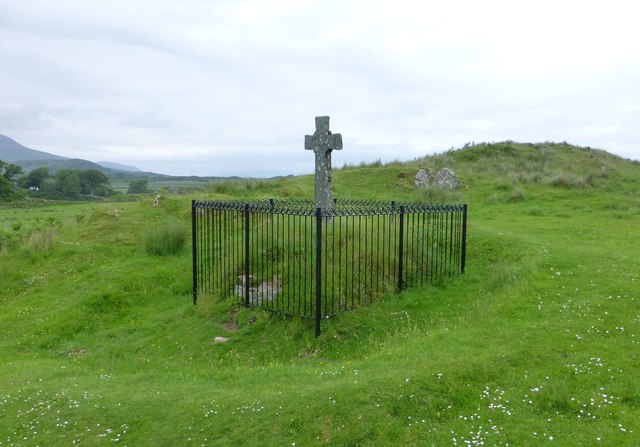
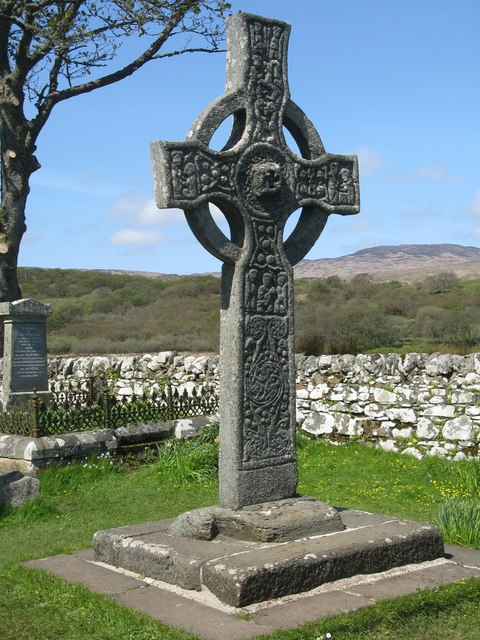
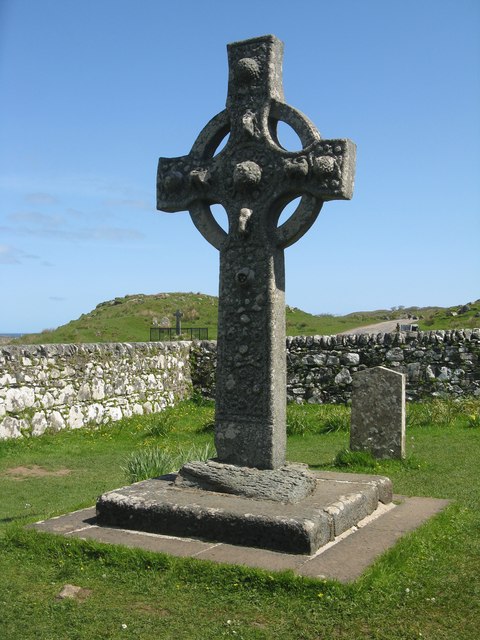
An Dùn is located at Grid Ref: NR4750 (Lat: 55.682, Lng: -6.017)
Unitary Authority: Argyll and Bute
Police Authority: Argyll and West Dunbartonshire
What 3 Words
///ulterior.prowling.cunning. Near Port Ellen, Argyll & Bute
Related Wikis
Kildalton Cross
The Kildalton Cross is a monolithic high cross in Celtic cross form in the churchyard of the former parish church of Kildalton (from Scottish Gaelic Cill...
Aros Bay
Aros Bay is an embayment of ocean waters near the southeast of Islay, Scotland. == See also == Claggain Bay == Line notes == == References == Alexander...
Claggain Bay
Claggain Bay is an inlet on the southeast of Islay, Scotland. A well known walking path follows near to Claggain Bay and continues to Ardtalla. == See... ==
Ardtalla
Ardtalla (Scottish Gaelic: 'Àird Talla') is a place name and estate in the southeast coastal area of Islay, Scotland. The name derives from Gaelic Àird...
Nearby Amenities
Located within 500m of 55.682,-6.017Have you been to An Dùn?
Leave your review of An Dùn below (or comments, questions and feedback).
